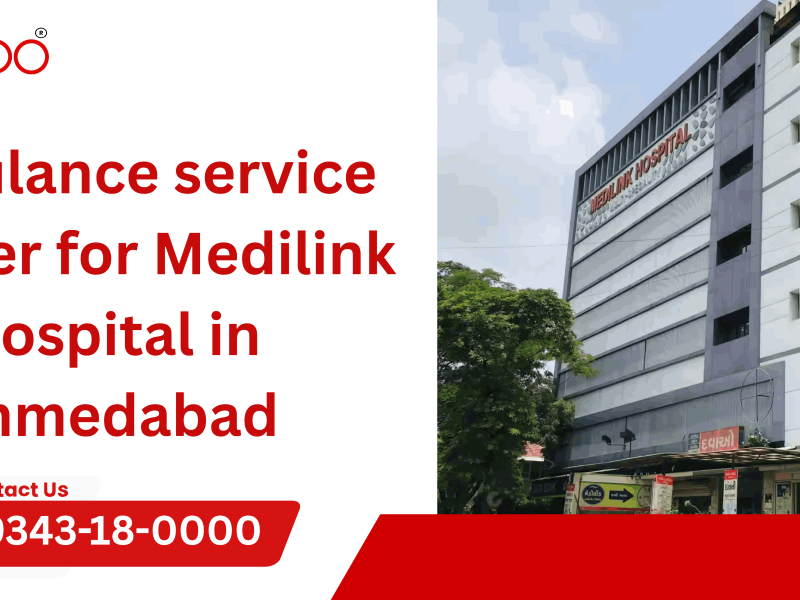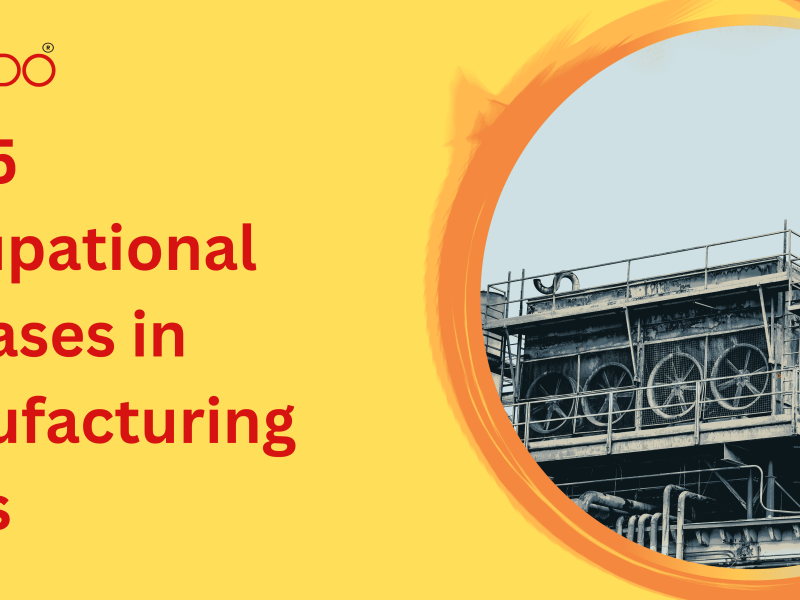Employee safety isn’t just about prevention anymore—it’s also about preparedness. With the introduction of the Occupational Safety, Health and Working Conditions (OSHWC) Code, 2020, the Government of India has redefined how organizations should manage workplace emergencies. One key requirement that often goes unnoticed is the availability of Standby Ambulance as per OSHWC 2020, especially in hazardous industries like construction, manufacturing, mining, and logistics. This blog will explain what the OSHWC Code mandates regarding standby ambulances, which types of workplaces are required to have them, and why they are essential for life-saving intervention during emergencies. We’ll also explore how VMEDO supports companies with end-to-end ambulance services and share useful FAQs and compliance tips to help your EHS and HR teams stay audit-ready, including guidance on Standby Ambulance as per OSHWC 2020.
Why the OSHWC Code 2020 Is a Game-Changer for Workplace Health
The OSHWC Code, 2020 consolidates 13 labor laws into a unified framework, ensuring that employers take a proactive and structured approach to occupational safety. It introduces a series of mandates that include:
- Setting up Occupational Health Centre (OHC)
- Periodic health check-ups
- Reporting of notifiable diseases
- Emergency preparedness, including standby ambulance facilities
This shift emphasizes that reactive care is no longer enough. Employers must now plan for rapid emergency response—ambulance readiness being a critical part.
What the OSHWC Code Says About Standby Ambulance
While the Code does not spell out “ambulance” in every section, key references come from the Central Rules framed under the Code, especially in:
1. Schedule IV – Welfare Facilities for Workers
It mentions that factories involving hazardous processes must be equipped with:
“Ambulance rooms of the prescribed size, equipped with necessary medical and first-aid facilities and arrangements for transport of injured persons.”
2. Schedule II – Building and Other Construction Workers
Rules under this category require:
“Availability of arrangements for emergency transport of injured workers including a dedicated ambulance in larger or high-risk sites.”
If your organization falls under hazardous category, the absence of a standby ambulance may attract penalties during safety audits or labor inspections.
Which Industries Need Standby Ambulance as per OSHWC 2020?
| Industry | Ambulance Requirement |
| Manufacturing Units (Chemical, Pharma, Heavy Engineering) | High – due to chemical exposure & accidents |
| Construction & Infrastructure | High – frequent fall, crush, and electrical injury risks |
| Mining | Very High – mandates 24×7 ambulance availability |
| Warehousing & Logistics | Medium to High – lifting injuries, road accidents |
| Events/Exhibitions | Mandatory under local fire & safety laws |
| Remote Locations & Industrial Parks | High – distance from hospitals increases risk |
Why Every High-Risk Workplace Should Have a Standby Ambulance as per OSHWC 2020?
1. Golden Hour Saves Lives
Medical experts call the first 60 minutes after an injury the ‘Golden Hour’. A standby ambulance ensures immediate evacuation to a hospital during this time, improving survival chances.
2. Workplace Accidents Happen Suddenly
Even with best safety practices, falls, electrocution, crush injuries, and chemical exposures can occur. On-site ambulances reduce panic and improve emergency coordination.
3. Compliance & Legal Safety
Not having an ambulance may violate both OSHWC 2020 and Factories Act Rules, especially in hazardous industries. It can also lead to legal claims from employees or families.
4. Boosting Worker Confidence
Knowing that help is just minutes away improves worker morale, productivity, and trust—especially in physically demanding industries.
Key Features of a Compliant Standby Ambulance Setup
A typical VMEDO standby ambulance setup for corporate clients includes:
- ALS/BLS Ambulance Vehicles (with oxygen, stretcher, cardiac monitor, etc.)
- Trained Paramedics or EMTs
- Emergency Medicines and Equipment
- 24/7 Dispatch Support
- On-site stationing or on-call deployment
- Documentation & Reports for compliance audits
All our ambulances meet state and central health department norms. We also provide incident reporting and readiness drills for companies.
What If You Don’t Have a Standby Ambulance?
Here’s what can go wrong:
- Delayed medical response, leading to permanent injury or death
- Non-compliance fines, especially under inspections by labor or factory departments
- Insurance claim complications
- Negative media coverage or employee backlash
- Higher attrition due to perceived lack of safety
How VMEDO Helps You Stay Compliant and Emergency-Ready as per Standby Ambulance as per OSHWC 2020
We provide customized standby ambulance solutions based on your industry, risk level, workforce size, and location.
Our Services Include:
- Ambulance Deployment (for one day, multiple days, or long-term contracts)
- Paramedic Staffing
- Event & High-Risk Zone Coverage
- Occupational Health Centre Support
- Health Emergency Drills & Mock Response
- 24×7 Coordination Team
FAQs on Standby Ambulance as per OSHWC 2020
1. Is having a standby ambulance mandatory under OSHWC 2020?
For high-risk industries and worksites involving hazardous processes, yes. The OSHWC Code mandates adequate emergency transport arrangements for workers.
2. What is the difference between BLS and ALS ambulances?
BLS (Basic Life Support): For non-critical injuries—includes oxygen, first aid, stretcher. ALS (Advanced Life Support): For critical emergencies—includes cardiac monitor, defibrillator, ventilator, and trained paramedics.
3. Can VMEDO provide ambulances for single-day events or CSR activities?
Yes. We provide ambulance-on-demand for events, marathons, corporate gatherings, health camps, and more.
4. Can standby ambulances be shared between multiple sites?
Ideally, every high-risk or large site should have one. But smaller units may share based on proximity and workforce size, subject to compliance audits.
5. How soon can VMEDO deploy an ambulance to our site?
Deployment can happen within 2–12 hours in major cities. We also serve remote industrial areas on contract.
6. Can we include ambulance services in our OHC package with VMEDO?
Absolutely. VMEDO offers OHC + Ambulance + Paramedic bundled packages for complete compliance and safety coverage.
In the post-COVID world, organizations are being held to a higher standard when it comes to employee health and safety. Standby ambulances are no longer optional for high-risk or large-scale worksites—they are a legal and moral necessity. By partnering with VMEDO, you can ensure OSHWC compliance, enhance emergency preparedness, provide better protection for your employees, and enjoy peace of mind during audits.



